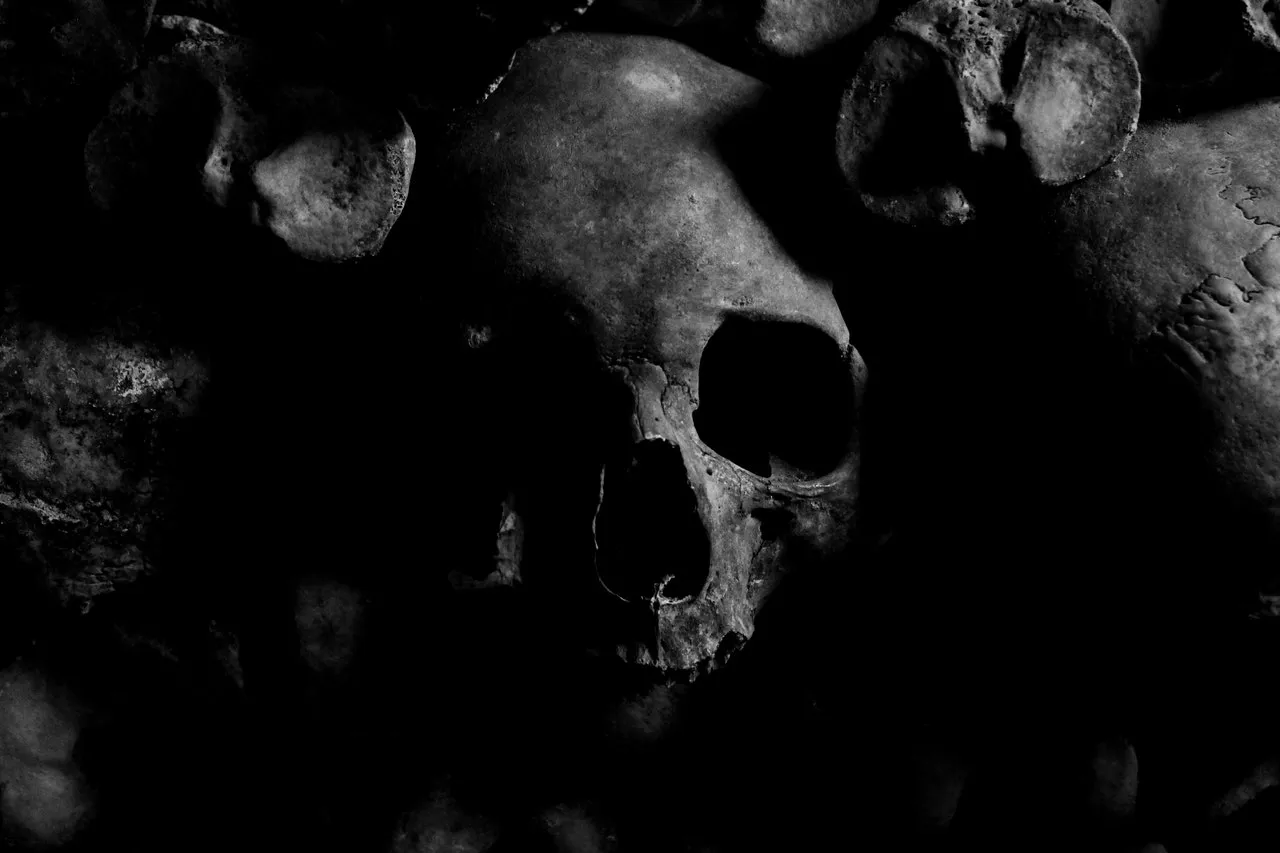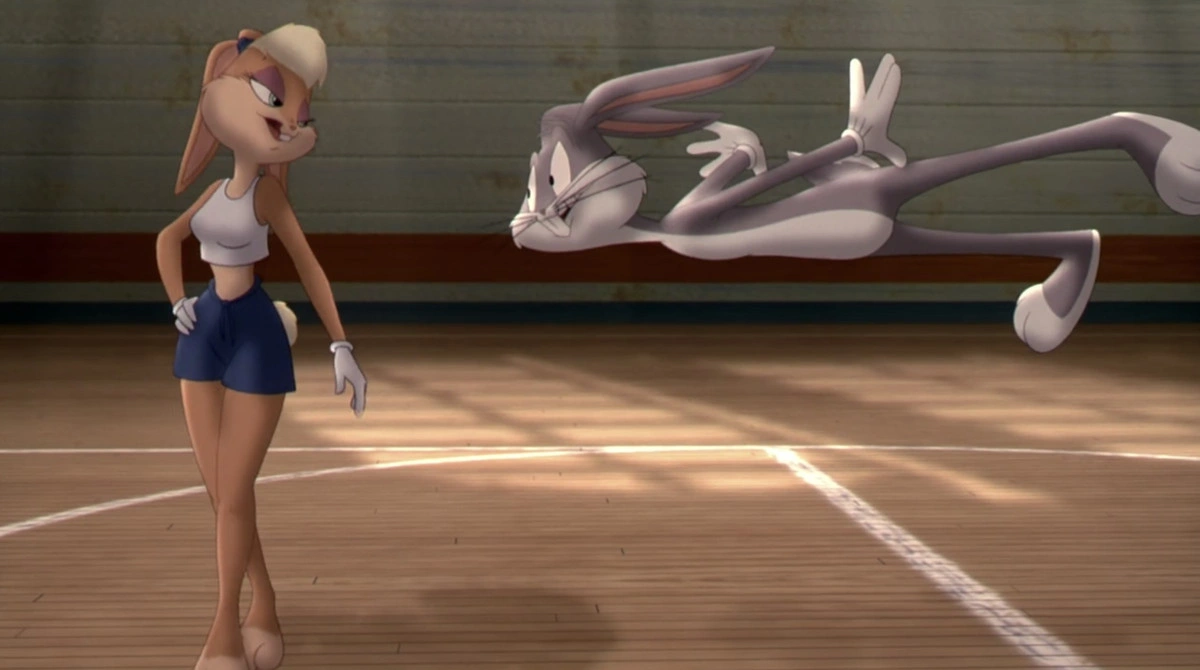With the release of “Space Jam: A New Legacy,” a new generation of kids (not to mention fans of the original movie) were (re)introduced to some of our most beloved Looney Tunes cartoon characters.
The original installment starred ‘90s basketball superstar Michael Jordan whereas the new movie was led by modern basketball superstar LeBron James (take the fight somewhere else, Lebron haters), and both were supported by cast members of the Looney Tunes cartoon universe, both past and present.
The new “Space Jam” was the first theatrical release to feature the iconic cartoon characters since 2003’s pretty depressing “Looney Tunes: Back in Action.” Reception to that film was bad enough that WB executives decided to hold off on another Looney Tunes blockbuster for nearly two decades.
Unlike the first film, though, “Space Jam: A New Legacy” featured pretty much everything WarnerMedia, and eagle-eyed fans were delighted to see references that varied from “The Exorcist” to “The Matrix.”
“Space Jam” and “Space Jam: A New Legacy” practically follow the same plot: a group of aliens capture Earth’s greatest basketball players and it’s the protagonist’s job to put together a rag-tag team of cartoon characters to help rescue them. For all intents and purposes, it’s a fun, family-friendly movie that melds two beloved franchises together.
And yet, despite all of that, a disappointingly large number of people focused on the fact that Lola Bunny wasn’t desirable anymore.
Lola Bunny: Sex Icon?
The original “Space Jam” introduced us to Lola Bunny, Bugs Bunny’s eventual (and, honestly, only logical) love interest. The 1996 film depicted her with a tiny waist, busty hips, a crop top that showed her mid-riff, and perpetually smokey eyes that paired perfectly with her overtly flirtatious nature.
It was an intentional choice by the filmmakers at the time. They must’ve thought “hey, let’s make a bombshell rabbit that would be perfect for Bugs!” The premise being that she’s way out of Bugs’ goofy league, but because Bugs is a good guy with natural leadership skills, a sense of humor and a hammerspace pocket filled with deus ex machinas, she eventually falls in love with him.
Wow, just like in real life!
But, unfortunately, because the internet is a vast space even back in 1996, Lola Bunny eventually became the subject of rule34 artwork.
Please don’t google what rule 34 is and let me just explain it briefly: it’s an internet “rule” that says that if a thing exists, there will be a pornographic version of it on the internet. I didn’t say anyone. I said anything.
I’ll give you a minute to shake off the heebie-jeebies.
So, anyway, for the next 20-odd years, x-rated Lola Bunny fanart was just floating around the internet, ready to be creeped on by unshowered nice guys whenever they wanted. And when the decision to make “Space Jam: A New Legacy” was made, the creeps of the internet rejoiced: finally! An update to their favorite sex icon!
But unfortunately for them (and fortunately for the rest of humanity, director Malcolm D. Lee decided not to carry on the sexualization of Lola Bunny, opting instead to portray her as a believable female character. In an interview with Entertainment Weekly, the director shares how they transformed the character by building on her athletic and leadership abilities, and making her feminine without the objectification.
What a sensible and progressive decision. But, of course, the internet being what it is, droves of neckbeards and basement dwellers started firing off negative comments on their keyboards with their Cheetos-crusted fingers. They were very unhappy with their favorite cartoon rabbit being given a personality.
Did the Evil Feminists Ruin Lola Bunny?
Naturally, Lola Bunny-gate was immediately blamed on the evil feminists and the Social Justice Warriors that’s ruining sexy fetishes everywhere. But did they really?
Here’s the thing about controversy: in the age of social media, pretty much anyone and everyone can blow up a non-issue into a trending topic just for the clout. Unfortunately, our cultural zeitgeist loves controversy, and it has the ability to turn non-issues, e.g. a director wanting to portray a character sensibly, into something that it isn’t; overly sensitive feminists ruining media.

The counterargument is this: Lola Bunny’s sexuality, overt and in-your-face, is good because it’s unapologetic and liberating. In the 1996 film, Lola Bunny is depicted as overtly flirtatious, but also headstrong, athletically gifted and isn’t afraid to tell it like it is. These are, by all accounts, desirable traits to have in a character that’s aimed toward representing girls.
But here’s the problem with the ’96 Lola: her existence was predicated on Bugs. Pretty much every possible trait she had was created as antithesis to Bugs himself: where Bugs was shy, Lola was headstrong, where Bugs was awkward, Lola was sexy, and so on and so forth.
Bear in mind, however, that this wasn’t an intentional choice: it being the ‘90s, not as many people, particularly in Hollywood, were consciously aware about their biases. If anything, Lola Bunny was just one in a long line of Hollywood tropes that didn’t see female characters as anything other than a useful plot device that helped the main character grow, or in the case of the original “Space Jam,” help Bugs win against the Monstars.
So the position that says “feminists ruined Lola Bunny” isn’t actually angry that someone destroyed a beloved character: rather, that position is angry that someone took a sexual fetish and humanized it, gave it a voice, a face, a character. Basically, gave it humanity.
And if you’re angry that the thing you derive sexual pleasure from can now start speaking, thinking, choosing and, most importantly, give or withdraw consent on its own, I don’t think Lola is the problem.




